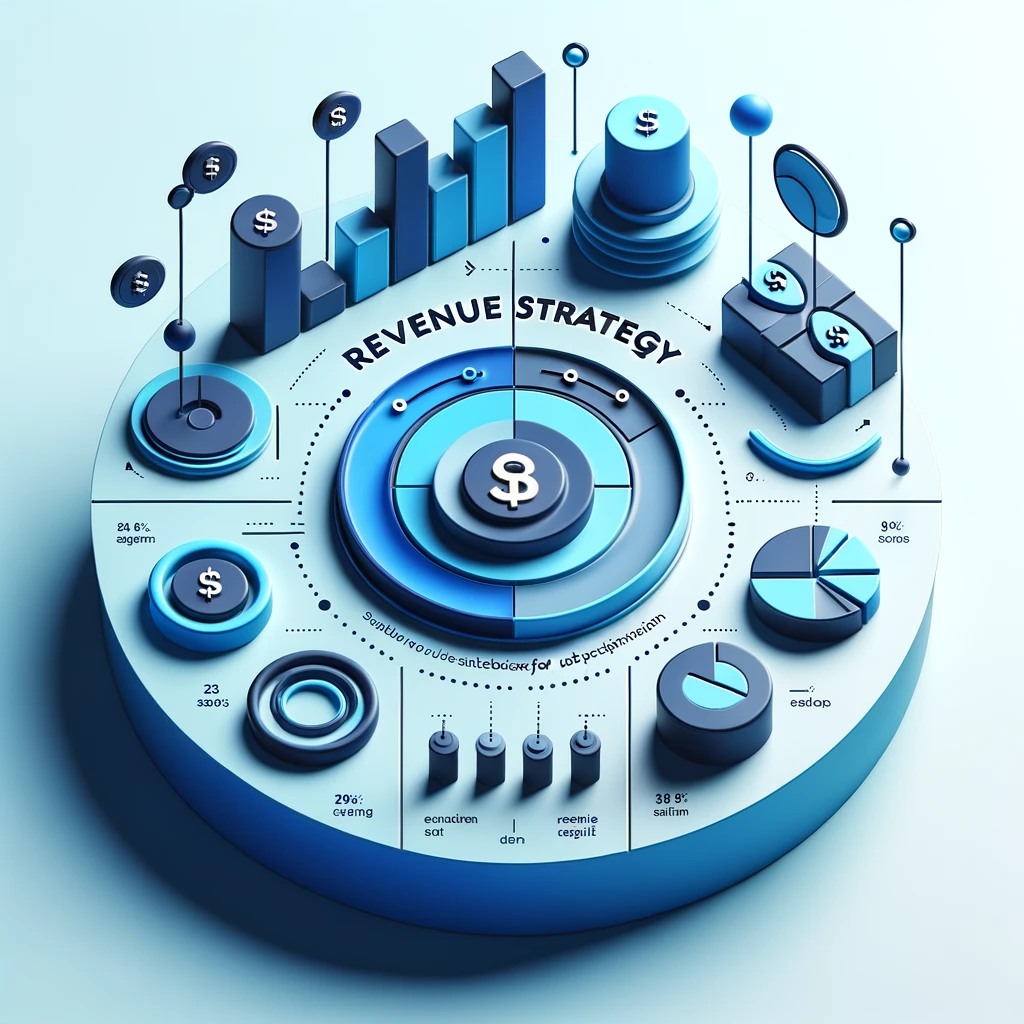Churn rate is a critical metric in the context of subscription-based businesses, providing insight into the rate at which customers discontinue their subscriptions within a given time period. It’s a vital indicator of customer satisfaction, loyalty, and the overall health and sustainability of a business model that relies on recurring revenue streams. Understanding churn rate and its financial impact is crucial for business strategy, customer relationship management, and revenue forecasting.

What is churn rate?
Churn rate, also known as the rate of attrition, is the percentage of subscribers who cancel or do not renew their subscriptions during a certain time frame. It can be calculated on a monthly, quarterly, or annual basis, depending on the business model and subscription terms. The formula for churn rate is:
Churn Rate=(Total Number of Churned Customers / Total Number of Customers at the Start of Period)×100
For example, if a subscription service starts the month with 1000 subscribers and loses 50 by the end of the month, the monthly churn rate would be 5%.
Types of Churn Rates
1. Voluntary Churn
Voluntary churn occurs when customers actively decide to cancel their subscriptions. This decision can be driven by a variety of factors, such as dissatisfaction with the service, a perceived lack of value, or a preference for a competitor’s offering. Voluntary churn is a direct indicator of customer satisfaction levels and is often the primary focus of retention efforts.
2. Involuntary Churn
Involuntary churn happens when subscriptions end due to reasons outside the customer’s immediate control. This can include payment failures (e.g., expired credit cards, insufficient funds), technical issues, or administrative errors. While involuntary churn might seem less concerning than voluntary churn, addressing it can significantly improve retention rates because these customers may not have intended to leave.
3. Active vs. Passive Churn
Active Churn: This is similar to voluntary churn, where customers consciously decide to cancel their subscriptions. They might contact customer service to end their subscription or do so through a self-service portal.
Passive Churn: Passive churn refers to customers who leave without actively cancelling, often seen in services that require periodic renewal. It can occur if a customer simply decides not to renew a subscription or forgets about it.
4. Gross vs. Net Churn
Gross Churn: Gross churn measures the total revenue lost from all customers who cancel within a specific period without accounting for new or existing customer revenue during the same period. It provides a raw look at the revenue impact of churn.
Net Churn: Net churn accounts for the lost revenue due to churn as well as the gained revenue from upselling or cross-selling to existing customers or acquiring new customers. It provides a more comprehensive view of revenue changes over time and can sometimes be negative, indicating growth in customer value outweighs the loss from churn.
5. Revenue Churn vs. Customer Churn
Revenue Churn: Revenue churn focuses on the amount of revenue lost due to churned customers. It’s particularly important for businesses where customer value can vary significantly, as losing high-value customers will have a more substantial impact than losing those who contribute less revenue.
Customer Churn: Customer churn measures the number of customers lost, regardless of the revenue they contributed. It’s a straightforward metric that provides a clear picture of customer retention but may not fully capture the financial impact of churn.
Financial Impact of Churn Rate
The financial implications of churn rate are significant and multifaceted for subscription-based businesses:
1. Revenue Loss: High churn rates directly translate to lost revenue. Regular subscription payments cease when customers leave, affecting the predictable revenue stream that is the cornerstone of the subscription model.
2. Increased Customer Acquisition Costs (CAC): Acquiring new customers is generally more expensive than retaining existing ones. A high churn rate necessitates spending more on marketing and sales efforts to replace lost customers, which can erode profit margins.
3. Impact on Valuation: Companies with low churn rates are often valued higher than those with high churn rates because they demonstrate a stable customer base and predictable revenue growth. Investors and stakeholders perceive low churn rates as an indicator of a healthy, sustainable business.
4. Customer Lifetime Value (CLV) Decrease: Churn rate negatively affects the CLV, a metric estimating the total revenue a business can expect from a single customer account. High churn rates shorten the average customer lifespan, reducing the overall revenue potential from each customer.
5. Feedback Loop and Product Development: A high churn rate can signal dissatisfaction with the product or service, necessitating changes or improvements. While this can be an opportunity for growth, it also represents a financial burden associated with research, development, and implementation of changes.
6. Brand and Reputation: Frequent customer turnover can damage a brand’s reputation, making it harder to attract new subscribers and retain existing ones. This reputational damage can have long-term financial implications.
Strategies to Reduce Churn Rate
Subscription businesses employ various strategies to mitigate churn, such as:
1. Improving Customer Engagement: Regular, meaningful communication and engagement with customers can enhance satisfaction and loyalty.
2. Personalized Experiences: Tailoring products, services, and communications to individual customer preferences can increase their perceived value and discourage churn.
3. Customer Feedback Loops: Actively soliciting and acting on customer feedback can help identify and address issues before they lead to churn.
4. Enhancing Customer Support: Providing timely, helpful customer service can resolve issues and improve overall satisfaction.
5. Offering Incentives: Incentives for renewal, such as discounts or exclusive content, can motivate customers to continue their subscriptions.
Conclusion
Managing churn rate effectively is essential for the long-term success of subscription-based businesses. By understanding its financial impact and implementing strategies to minimize churn, businesses can improve customer satisfaction, enhance revenue stability, and drive growth.
Download Our Free E-book:
Navigating the Subscription Business Landscape: Insight & Tactics
Navigating the Subscription Business Landscape: Insight & Tactics






